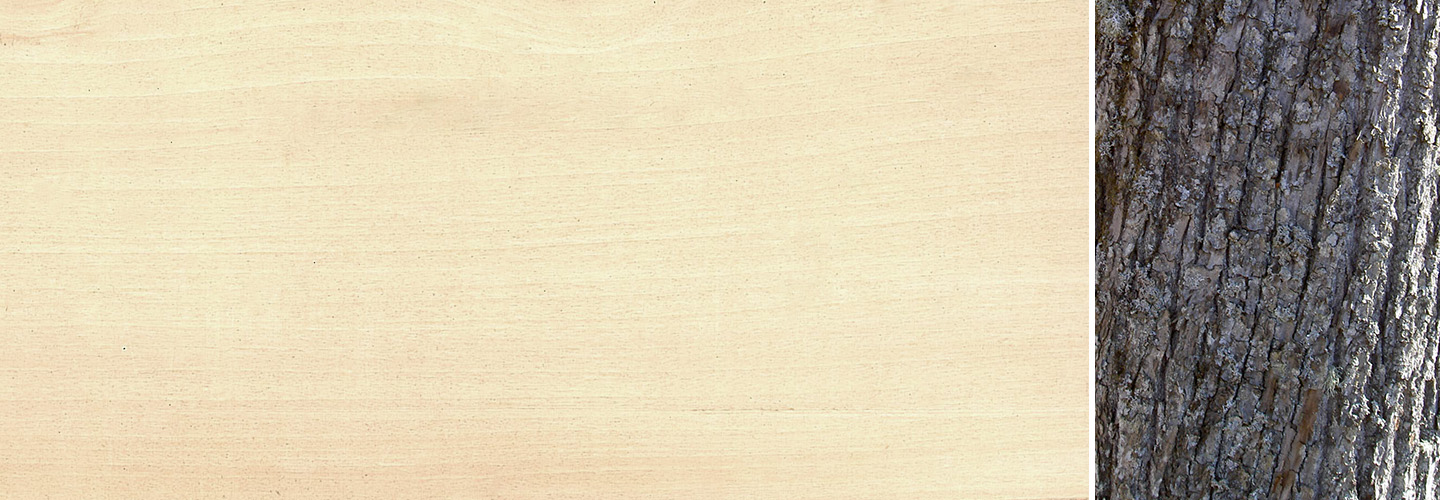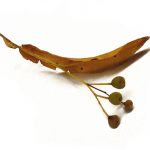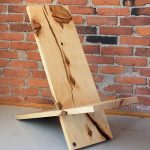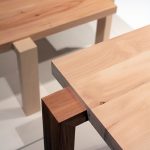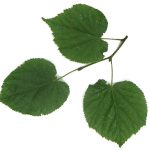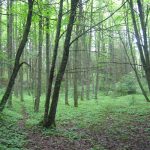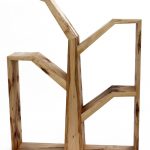- Skogslind (S)
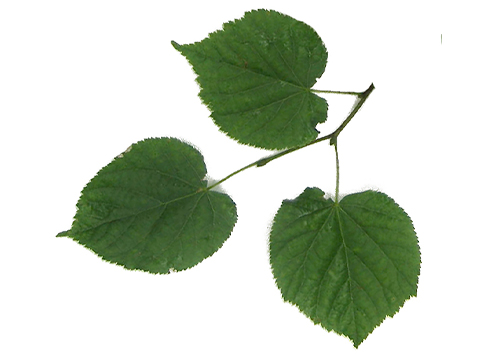
- Lime (GB)
- WinterLinde (D)
- Le tilleul (F)
Small-leaved lime is the most common and widely spread deciduous tree providing finewood in Finland.
Area of distribution
- Lime grows naturally throughout Europe.
- In Finland it can be found wild as far north as Rovaniemi.
- Lime withstands a more continental climate than other finewood species in Finland.
Habitat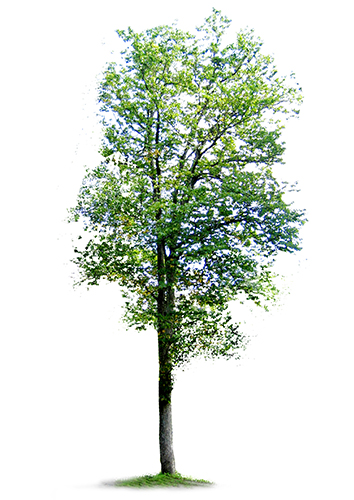
- Lime requires a dry or fresh nutritious soil as its habitat.
- It grows on warm forested slopes of ridges and alongside streams.
- Lime prefers semi-shade.
- It is fast-growing, especially in nutritious habitats.
- Lime produces quality wood in nutritious and calcareous grassy woodland soils.
Growth characteristics
- Lime can grow 30 meters high, and its trunk may have one or several limbs.
- Even in poor habitats limes survive as bushy undergrowth and isolated trees due to their ability to grow shoots and withstand shade.
- Young limes need to be grown densely in order to prevent branching.
- Limes growing in forests have straight trunks, whose lower parts are free of knots.
- Small-leaved lime may grow into a rather large tree with a sturdy trunk and a leafy crown.
Properties of the wood
- Lime wood is pale yellowish, lightweight and it does not have distinguishable heartwood.
- The wood is straight grained, soft and crackless.
- Lime is easy to work in carpentry.
- The weight of air-dry sawn timber is 500 kg/m3.
- A-class wood is free of knots and even in colour. Hard and darker heartwood is acceptable.
- B-class lime wood may contain a few knots and variation in colour. It is used for hidden structures and utility articles.
- C-class wood may have damage caused by fungi and insects.
Surface treatment
The wood specimens have been surface treated as such:
- Left, water-based acrylic lacquer
- Center, no treatment
- Right, two component catalystlacquer or oil

Radial cut

Tangential cut
Usage
- Lime is easy to work. It is used for making art objects, decorative items, musical instruments and furniture.
- It is also used for prostheses and tooth picks.
- The thin and tough bast fibres, in the phloem layer under the bark, have been used for making bast ropes and baskets.
- As firewood it is bad due to its weak heating value. It does, however, provide excellent charcoal.
